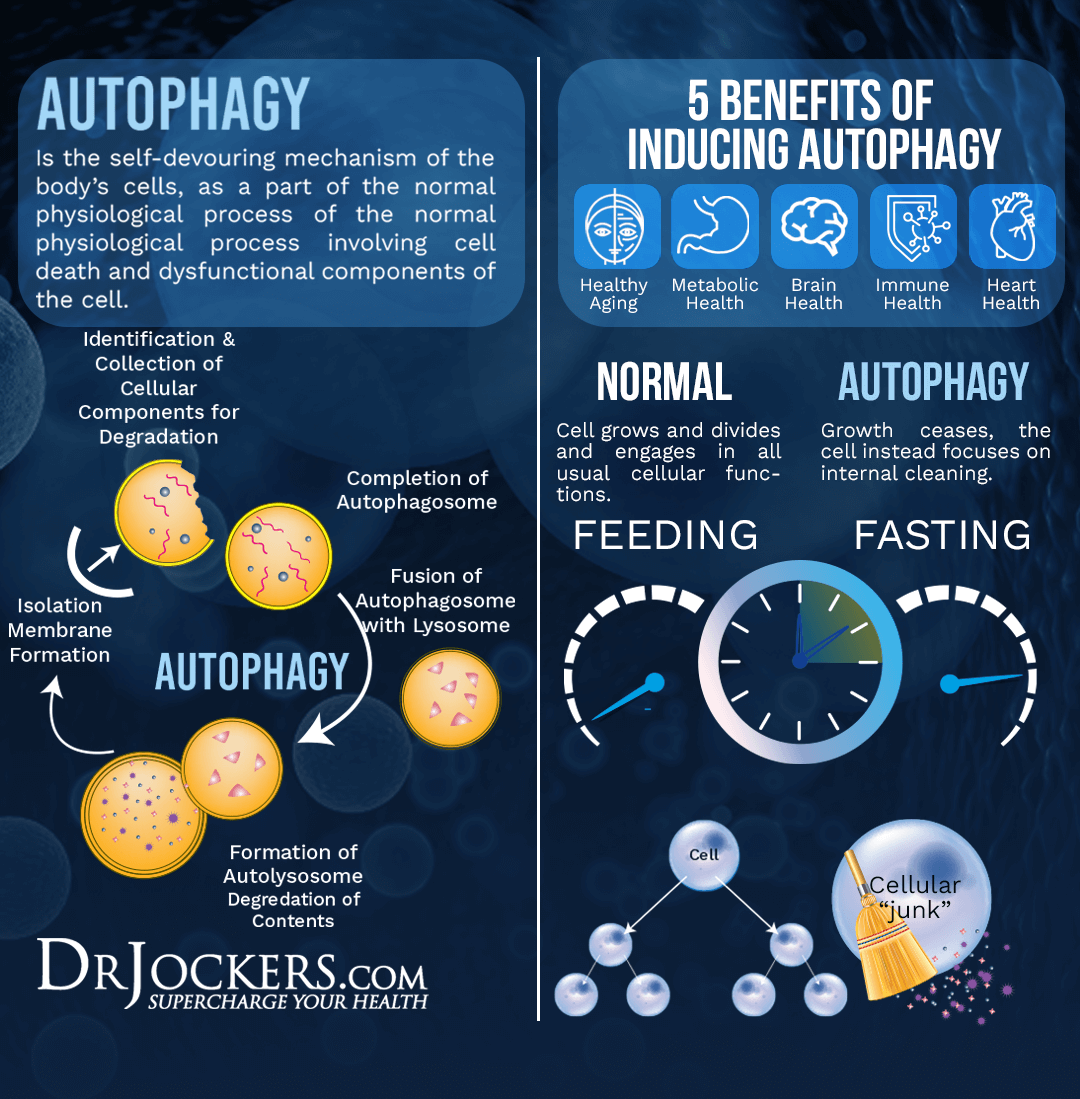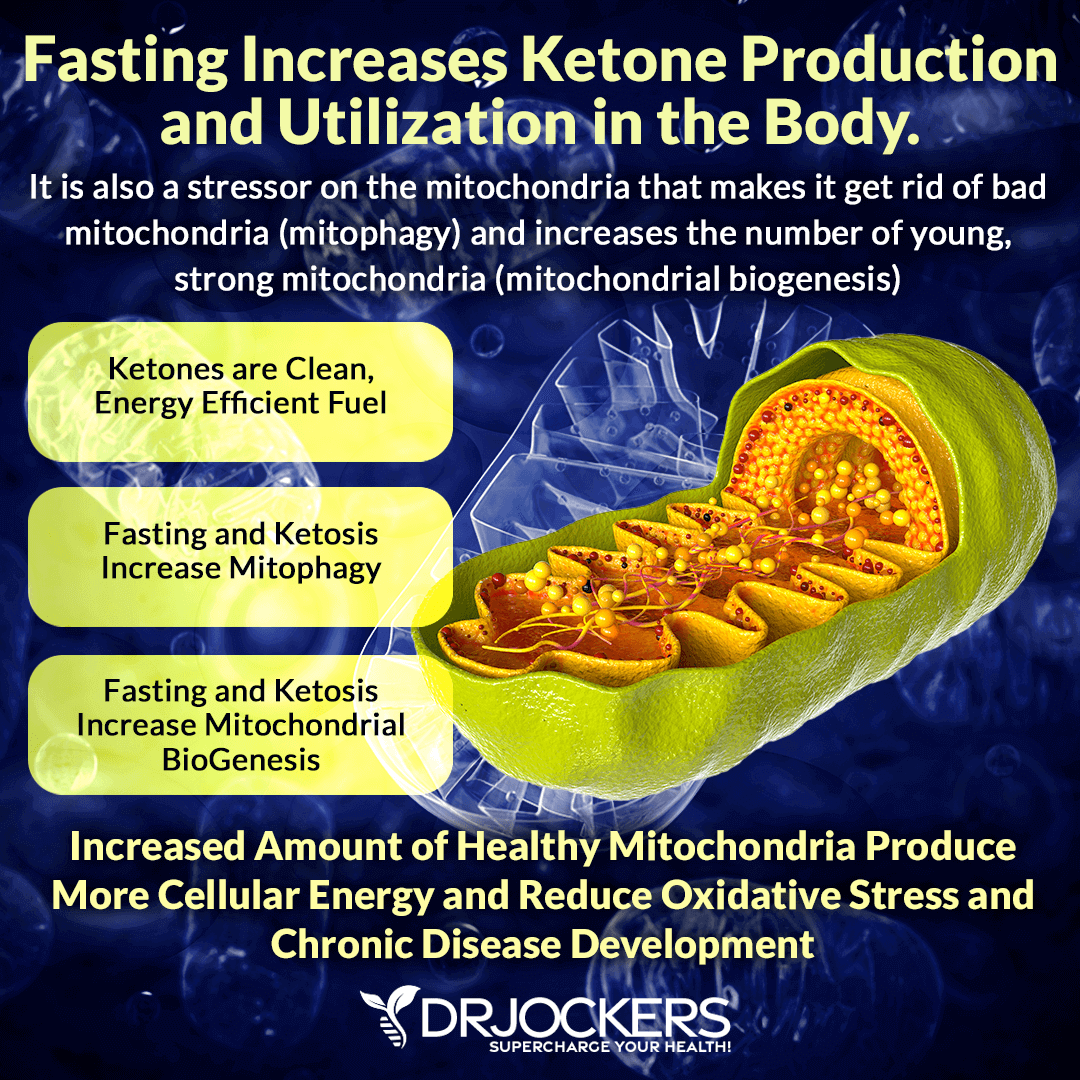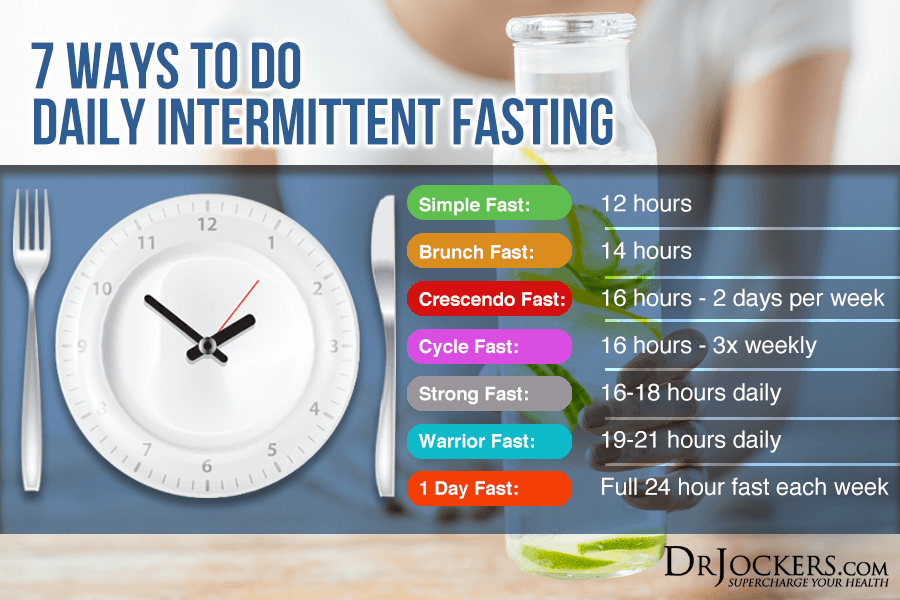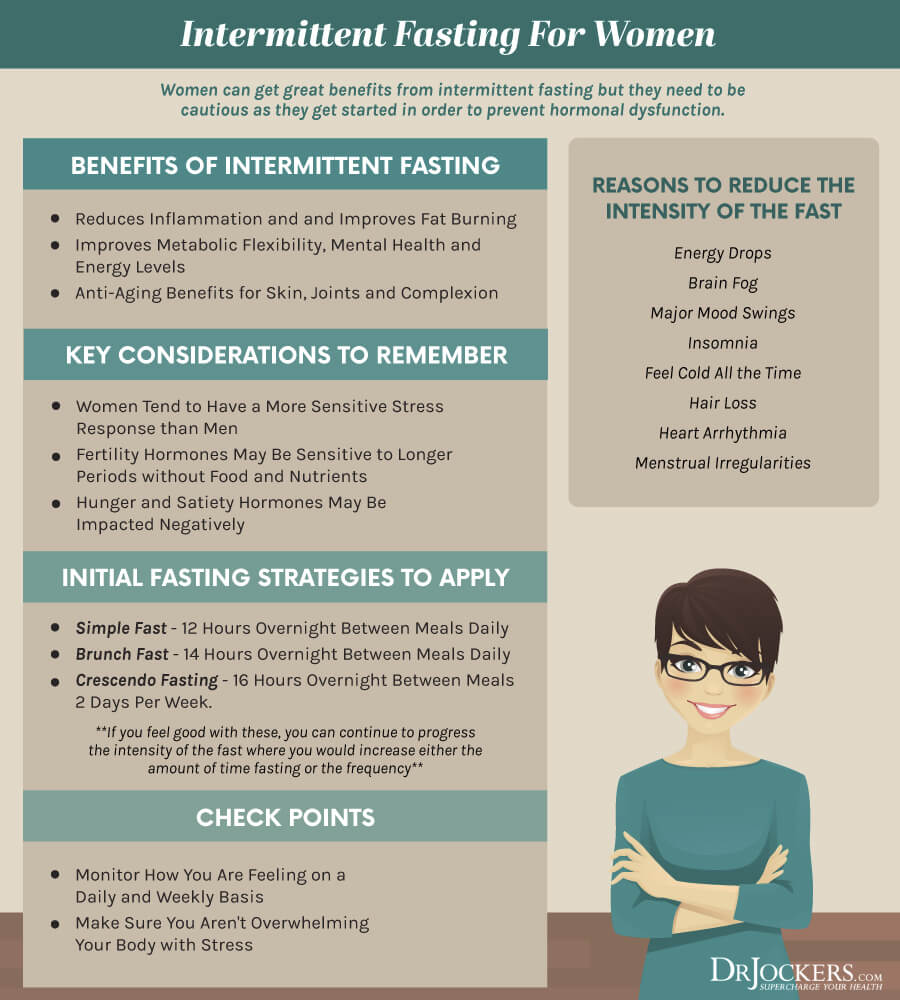 Fasted Exercise: Autophagy, Fat Burning, and Anti-Aging
Fasted Exercise: Autophagy, Fat Burning, and Anti-Aging
Has a personal trainer or fitness magazine article ever told you to eat before you exercise? While this is a common advice, pre-workout meals may actually leave your sluggish or stuffed instead of energized. Instead, I recommend fasted exercise to support your fitness goals and overall health.
Fasted exercise offers many health benefits, including enhanced autophagy, increased fat burning, and anti-aging benefits. Through daily intermittent fasting and regular fasted exercise, you may increase your insulin sensitivity. It may lead to increased human growth hormone to help you burn fat, lose weight, and build muscle. Fasted exercise may help you to achieve your desired results faster and more effectively.
In this article, you will learn about the benefits of fasted exercise, fasted exercise strategies, the importance of feast-famine cycling, and types of fasted exercise you may try. You will learn how to avoid overtraining and when to be careful with fasted exercise. I will also share my favorite supplements to support your fasted exercise routine.

Benefits of Fasted Exercise
Fasted exercise may have a number of benefits for your body, including increased fat burning and enhanced autophagy. Let’s learn about each of them.
Increased Fat Burning
When you are fasting, your body has to turn to alternative fuel, especially when you are doing fasted exercise. Once your body burns up its stored sugar called glycogen, it starts burning fat-producing ketones.
Ketones are three water-soluble molecules produced by your liver from fatty acids during fasting, fasted exercise, prolonged intense exercise, food restriction, starvation, carbohydrate-restricted diets, untreated type 1 diabetes, and alcoholism. Once converted into acetyl-CoA, ketones enter the Krebs cycle aiding your mitochondria’s energy production.
This process allows your body to become fat adapted. As you shift from sugar to fat burning you develop more metabolic flexibility. Consequently, fasted exercise stimulates fat burning, fat loss, and weight loss (1).

Mitochondrial Biogenesis
Most people’s mitochondria are used to utilizing sugar (glucose) for energy. When you are fasting, practicing fasted exercises, or doing a keto diet, your body undergoes keto-adaptation.
This process stimulates fat burning and also allows the die-off of old and weak mitochondria. It also helps your body to produce stronger and new mitochondria for increased energy production and better health (2). You can learn more about mitochondrial health in this article.

Enhanced Autophagy
Autophagy is an essential part of your immune system. It is basically a process of self-eating when your cells destroy and recycle their own components. Mitophagy is an important part of autophagy allowing your body to metabolize old and damaged mitochondria. This leaves space for new and healthier mitochondria.
Autophagy helps your body to function better. With the help of new mitochondria and healthy cells, your body becomes stronger and more resilient to chronic stress, inflammation, pain, and disease (3).

Increased HGH
Research found that fasting may lead to a significant increase in Human Growth Hormone (HGH) levels. One study found that just a week of fasting may lead to a 1,250% increase in HGH, while other studies showed that fasting for a few days may double or triple HGH levels (4, 5, 6).
Increasing your HGH levels is important to get results from your fasted exercise routine. It may help you to drop fat, increase muscle mass, and reach a healthy weight and fat-muscle ratio (7).

Ketone Production
When you are fasting, your body has to look for alternative fuel instead of the one that would come from food. Once all your stored glycogen is burned up, your body starts to burn fat-producing ketones.
Fasted exercise may increase ketone production. As your body becomes fat adapted and experiences ketosis, it develops more metabolic flexibility, increased fat burning, and more weight loss. To improve these benefits, you may combine fasting and fasted exercise with the keto diet during your eating windows. You may learn more about the keto diet here.

Improved Resilience to Stress
Autophagy allows your body to metabolize old, damaged mitochondria and to create space for new and healthy cells and more stress-resilient mitochondria. This helps your body to become better functioning and more resilient to chronic stress. Both fasting and exercise help to induce autophagy and turn on repair mechanisms within the body.
Fasting and fasted exercise also takes off the mechanical stress of your gut. It doesn’t have to digest food, which allows time for repair and healing. Even a short period of fasting may enhance intestinal stem cell production as a result of fasting and reduced stress (8).

Anti-Aging Benefits
Chronic inflammation is the root cause of most disease and signs of aging. Your mitochondria have a serious impact on inflammation, gene expression, and energy production, hence healthy mitochondria may reduce signs of aging (9).
Fasting and fasted exercise have a positive impact on your mitochondria. It may reduce the activity of inflammation-inducing pathways and inflammatory cytokines.
As a result, it may reduce the risk of chronic inflammation, age-related neurodegenerative conditions, such as dementia, Alzheimer’s disease, and Parkinson’s disease. It may also reduce the risk of stroke and reduce visible signs of aging, such as wrinkles (10).

Fasted Exercise Strategies to Apply
When you are practicing fasted exercise, it’s important that you exercise at the end of your fasting window if possible, to maximize benefits. However, you can’t do this, you will still get great benefits from training during the fasting window and extending the window to hit your goals.
It is crucial to keep your stress levels under control, eat well, and sleep well, so your body can adapt to the fasting window and the exercise intensity. By doing this, you should be able to progress your window until you find your most comfortable zone.
Let’s see what’s the best time to train depending on the fasting regiment you are doing.

12:12 Simple Fast
During the Simple Fast, you are fasting for 12 hours and have a 12-hour eating window. For example, if you are done with dinner at 6 pm, you won’t be eating until 6 am the next day. During your Simple Fast, train in the morning on an empty stomach and break the fast after training. To learn more about the Simple Fast, read this article.
14:10 Brunch Fast
The Brunch Fast is basically an extended Simple Fast with a 14-hour fasting window. With a 6 pm dinner, you won’t be eating until 8 am the next day. During your Brunch Fast, train in the morning on an empty stomach and break the fast after training.
16:8 or 18:6 Strong Fast
The Strong Fast is an even more extended fast than the Brunch Fast with a 16 to 18-hour fasting window. If you are done with dinner at 6 pm, you won’t be eating until 10 am or noon the next day. Train in the late morning or mid-day and break the fast after training or train in the AM and wait until lunch to break the fast. This strategy is great for muscle building.
20:4 Warrior Fast
The Warrior Fast has an even more extended fasting window at 20 hours. You only have a 4-hour eating window to consume 2 meals. While on a Warrior Fast, train in the mid-day or early afternoon and break the fast after training. This is ideal for muscle building. Many people will do a big protein shake after their workout and then a large meal a few hours later. I personally practice this strategy on most days!
OMAD
OMAD stands for the One Meal a Day diet. It basically means that you are fasting most of the day, and only eat one meal a day usually during a one-hour eating window. You may learn more about OMAD here. While practicing OMAD, train anytime and break the fast at a consistent time each day. This is best for fat burning and losing weight quickly.

Fasted Exercise and Feast Famine Cycling
The benefits of fasting and fasted exercise don’t exist without feasting. Fasting offers a number of health benefits, including reduced inflammation, improved energy, and fat burning. However, prolonged calorie restrictions have some downsides too, including potential hormonal imbalance and fatigue. This is exactly why feasting is incredibly important.
Through feasting, you nourish your body with nutrient-dense food to aid your recovery after fasted exercise. Feast-famine cycling may lower your inflammation levels, regulate cell growth, boost lean tissue development, allow cleansing, create hormonal optimization, better immune activity, and enhance emotional well-being.
Hence, it’s incredibly important that you feast and nourish your body during your eating window, especially on training days. You may learn about feast-famine cycling here.

Types of Fasted Exercise
There are various types of fasted exercise you may engage in depending on your fitness level and personal fitness goals. Fasted Exercise is a powerful way to boost fat burning and improve lean body tissue development. Here are some ideas on how to do it based around your unique goals.
Beginners
If you are a beginner, I recommend walking and light resistance training exercises, such as air squats, modified push-ups or lifting light weights. Walk every day and do light resistance training three to four times a week.
Next Progression
If you are ready, the next progression is moving up to High-Intensity Interval Training (HIIT) and intense resistance training exercises. Engage in HIIT and intense strength training three to five times a week for 20-45 minutes at the end of a 12 -16 hour fasting window anywhere from 3-5 days a week.
Enhanced Fat Burning
Depending on your goals, you may want to focus more on HIIT than intense strength training or vice versa. If you want enhanced fat burning, I recommend doing more HIIT.
For best fat burning results, once you are adapted to fasted exercise, try emphasizing HIIT at the end of a 16-24 hour fasting window and doing that 3-5 times a week and doing resistance training 2 days a week and use BCAA’s and Exogenous Ketones post workout (and in some cases pre-workout to improve energy and stamina).

Enhanced Muscle Building
If your main goal is to do build muscle, than do strength training at the end of a 16-20 hour fasting window 3-5 times per week using large muscle groups such as squats, deadlifts, lunges, push presses, shoulder presses, pull-ups or pull-downs and rows.
Use BCAA supplements both pre and post workout and use creatine supplements post workout. Consume 2 large meals (or 1 smaller like a protein shake and 1 very large meal) in a 4-8 hour eating window after the workout.
***Unless you are a serious athlete with a coach to help guide you so you avoid overtraining, I don’t recommend doing any intense exercise more than 5 days per week.

Fasted Exercise and Overtraining
When you are doing fasted exercise, it may be tempting to overdo it or push your body too much. Even if you are not overdoing it in the exercise front, you are still compromising your result and pushing your body too much, if you are under high stress, not eating well, and sleeping too little. This may lead to overtraining.
Classic signs of overtraining include (11):
- Decreased performance
- Increased perceived effort during your workouts
- Excessive fatigue
- Insomnia
- Restless sleep
- Moodiness or agitation
- Chronic or nagging injuries
- Muscle or joint pains and aches
- Loss of appetite
- Nutrient deficiencies
- Metabolic, imbalances
- Medical issues, including gastrointestinal, endocrine, cardiovascular, nervous system, or reproductive system issues
- Psychological stress
- Depression or anxiety
To avoid overtraining, it is important to keep your stress levels under control, eat well, and get a good night sleep. These factors all essential to the process of recovery and will help you to perform better during your fasted exercise as well.

Caution For Stressed Out Individuals
Stress is overwhelming for your mind and body. It is difficult to perform at your best when your body is overwhelmed.
If you feel very stressed, overwhelmed, or often struggle with low blood sugar, I advise sticking in the Simple or Brunch Fast range for your fasting regimen. For your fasted exercise, I recommend a walk or doing some light resistance training at the end of your fast.
If you feel good doing that, you may experiment with Crescendo Fasting and training during the fasted window. You may learn about Crescendo Fasting in this article.
Additionally, make sure to lower your stress levels through relaxing activities, breathing exercises, meditation, time in nature, gratitude, or prayer. Make sure to support blood sugar balance through a healthy diet.

Who Shouldn’t Do Fasted Exercise
Fasted exercise is not for everyone. I don’t recommend fasted exercise for pregnant women and those with type I diabetes. In some cases, it is also not appropriate for extreme athletes, however, always talk to your coach and doctor to see if it is right for your training regimen.
Anyone with a medical condition should consult with their doctor first before fasting or doing fasted exercise.
Helpful Supplements For Fasted Exercise
You may support your fasted exercise with a number of helpful supplements. Select the appropriate supplements based on your goals.
For Energy and Fat Burning
For energy and fast burning, I recommend the Fasting Stress Support pack. The Fasting Stress Support pack includes the Organic Multi-Mushroom, Organic Ashwagandha and Brain Calm Magnesium. This is great for those who are new to fasting and individuals who struggle with high cortisol and hypoglycemia when they fast.
The recommendations for this are to take 1 cap of the Organic Multi Mushroom in the morning and mid-day in water and 1 cap of the Organic Ashwagandha in the mid-day and 1 cap in the evening to improve daytime energy and quality sleep at night.
The Brain Calm magnesium capsules should be taken with these other supplements with 1 cap in the morning, 1 at mid-day and 1 in the evening to support smooth energy and mental clarity during the day and good sleep at night on the fast. As an added bonus, the magnesium will also help with bowel motility.
We priced this pack out in order to provide over 15% savings off of the regular retail rate.
For Energy and Muscle Building
For energy and muscle building, I recommend Keto Edge pre-workout. For post-workout, I recommend Amino Strong and Creatine.
Amino Strong supports muscle protein synthesis, supports muscle recovery after exercise, supports muscle strength and function, and improves mitochondrial function and keto adaptation. Creatine increases energy, endurance, and recovery, and supports muscle growth.
 Final Thoughts on Fasted Exercise
Final Thoughts on Fasted Exercise
Fasted exercise offers many health benefits, including enhanced autophagy, increased fat burning, and anti-aging benefits. It may be the best strategy to achieve your fitness goal and improve your overall health.
Follow my tips in this article and support your fasted exercise with the supplements I recommend to experience fantastic results from fasted exercise.
If you want to improve your metabolic health and burn fat, improve your brain and overall energy levels…intermittent and extended fasting are incredibly powerful strategies.
That is why I want to introduce you to my best-selling book, The Fasting Transformation. It goes into the most recent scientific research and strategies for implementing intermittent and extended fasting into your life.
This book is the best book on fasting the world has ever seen and I have read them all! It is now, my great honor to present this to you and I am deeply appreciative of your support!
Final Thoughts
Fasting exercise is something I am a huge advocate of. It can help to improve autophagy, build muscle, burn fat, reduce inflammation, support the immune system, and lowers the risk of disease.
I recommend that you develop a one day fasting practice and ritual. Follow my tips on how to do a one day fast to experience optimal results in body, mind, and soul. If you want to learn more about intermittent fasting, go ahead and check out my Fasting Transformation Program here
Sources in This Article Include:





i practise intermittent fasting myself. Ran 10k this weekend after fasting 12hrs. Great detailed article helps recap and encourage to continue the process. Thank you
That is great A! Thanks for sharing!
I would like to hear your explanation for not recommending fasted exercise for Type 1
Hey Jennifer, Type 1 Diabetics are at greater risk of life threatening hypoglycemia and so fasted exercise could be very dangerous for them unless properly controlled. They should always consult with their doctor before doing something like fasted exercise.
Dr. Jockeys,
Thank you for this intense article. I have one question that if I’m doing 16/8 fast or OMAD where my eating window is from 12-8 or in OMAD I eat around 6:30 then is it ok to drink exogenous ketone drink in morning during fasting window for preworkout for more energy to workout better and also I have hypothyroidism so I need some energy to workout.
Hey Kinjal, You can drink the Keto Edge pre and post workout to help improve your energy and brain during and after the workout!
Even in fasting window as I’m doing intermittent.
Yes! I discuss in this article that Keto Edge can be very helpful!
One must be careful with creatine, whenever there exists some kidney problem.
Thank you for the article. Are the sessions where BCAA are taken still considered as a fast, the BCAA break the fast, so would the fasting time be stopped here?
For example, finish the last evening meal at 6 pm, train 6 am with BCAA, finish 7 am take BCAA and creatine and meal. Does the fast break at 6 am? So this is only 12 hours?
Is fasting during heavy RT not suboptimal if trying to grow muscle mass?
During the week I fast 15h then twice a week 17-19h, I am a menstruating, physically active female, around 18-20% BF, training 6 days a week, is this safe for female hormones?
Thank you
Yes if you take BCAA’s, it does break the fast – primarily by stimulating mTOR. You are still in fat burning mode, but you are blocking autophagy.
You can do this if you are training as often as you are. On your day off from training, it would be good to do a longer fast – 16 hours or so.